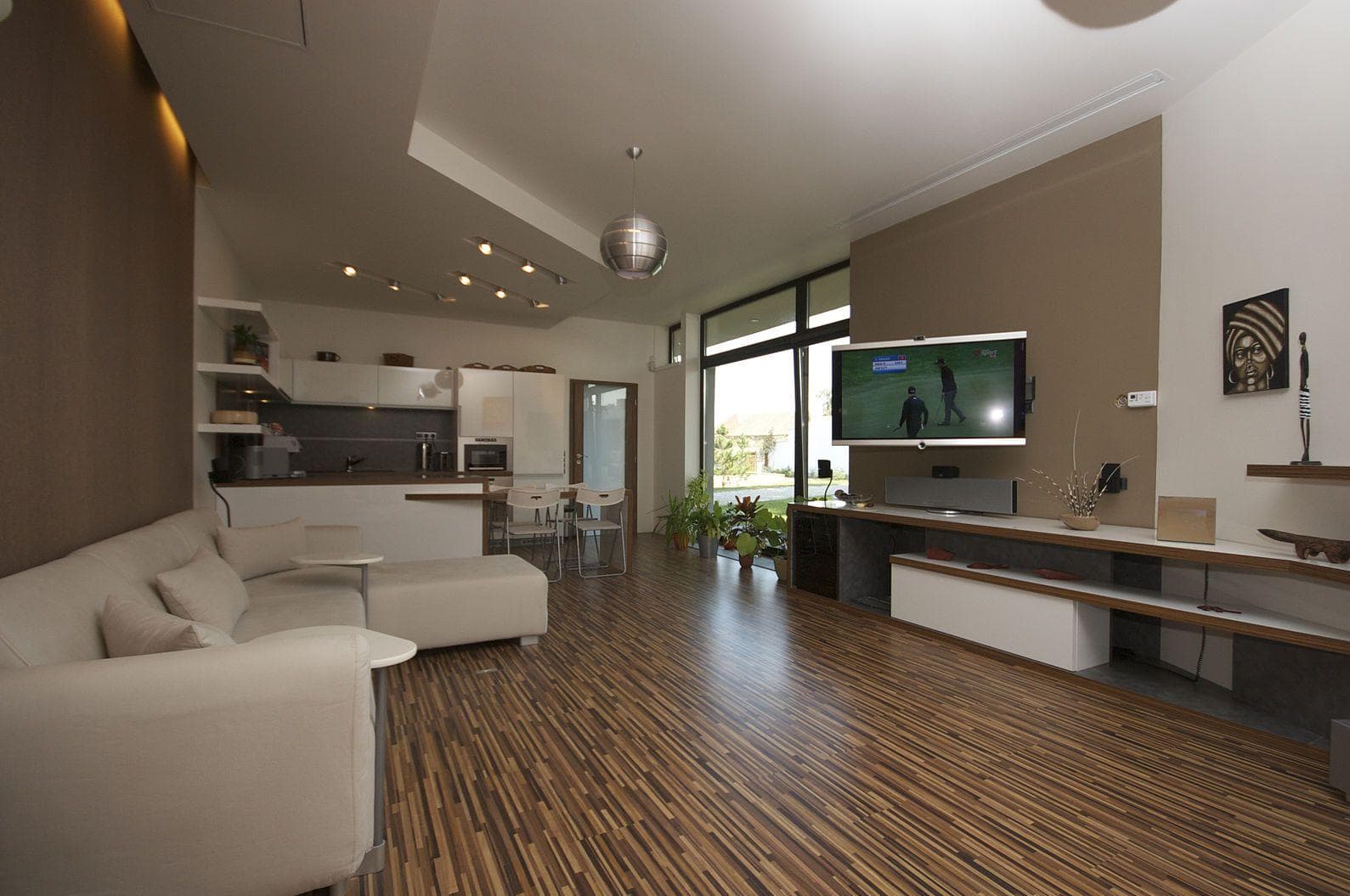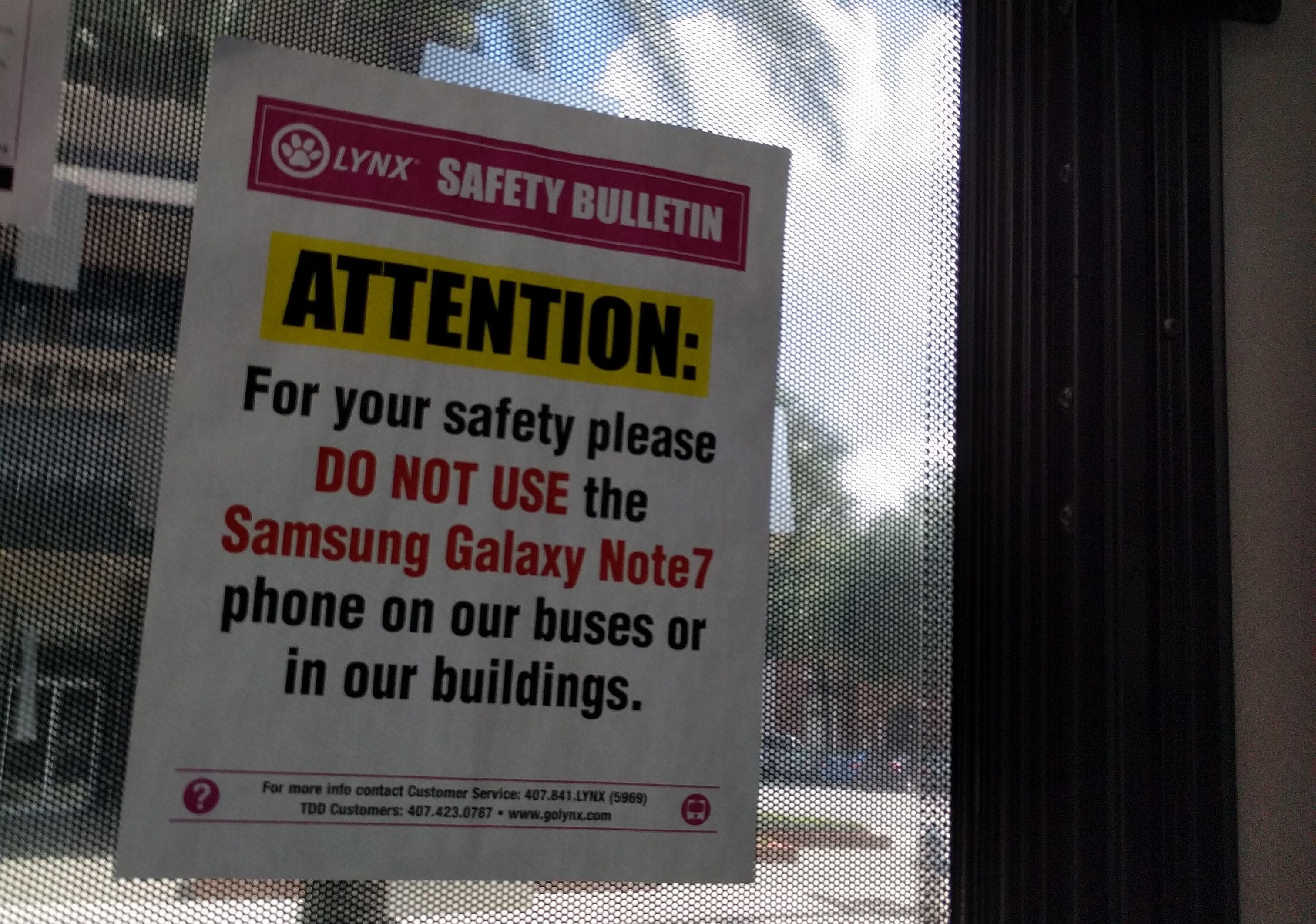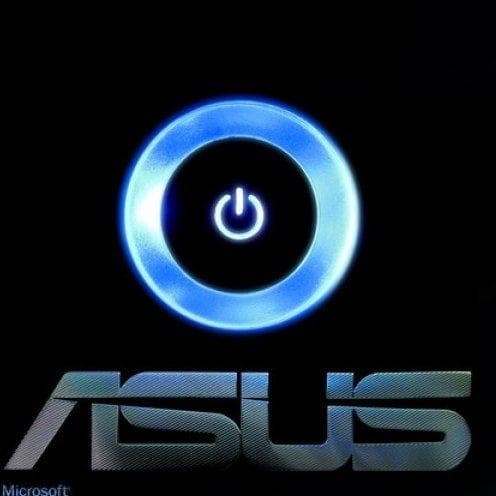-
(#1) 1943 - British "Bombe," Used To Decode The Enigma Machine
The "Bombe" was used to decode the German coding device known as the "Enigma" machine. It was developed by Alan Turing at the British codebreaking center known as Bletchley Park.
-
(#2) 1944 - Harvard Mark 1
The first of four large protocomputers developed by Harvard University professor Howard Aiken. Based on a 19th century "computer" called the Analytical Engine, the computer was one of the first to use electromagnetic relay circuits instead of plugboards to streamline the moving of data.
-
(#3) 1950 - ERA 1101, Aka UNIVAC 1101
Manufactured by Remington-Rand for the US Government's NSA, this machine was 38 feet long and 20 feet wide, and also was based on the design of the first stored-program computer in the United States.
-
(#4) 1952 - UNIVAC 1
The UNIVAC 1 was developed by what ultimately became the Sperry-Rand Corporation for the US Department of the Census. This machine helped compute large sets of numerical data. UNIVAC is an acronym for Universal Automatic Computer. Fun fact, it appeared with Walter Cronkite in 1952 to predict the presidential election that year, where it correctly predicted Eisenhower.
-
(#5) 1954 - IBM 701
The IBM 701 was the first IBM computer manufactured in quantity. It was used primarily by US defense, nuclear research and weather agencies. Hosting Arthur Samuel's virtual checkers program, the IBM 701 was the first computer to host "artificial intelligence."
-
(#6) 1962 - IBM 1401
The IBM 1401 was the first reasonably affordable, commercial computer produced by IBM. Thousands of these units were sold or rented as a cheaper alternative to larger, more expensive IBM predecessors. The first computer to sell 10,000 units, the IBM cost $2,500-a-month to run smoothly.
-
(#7) 1965 - CDC 6600
After computer genius Seymour Clay threatened to leave CDC, they provided him with a laboratory to pursue his own work. The result, the Control Data's CDC 6600, which surpassed IBM and established Control Data as the manufacturer of the world's fastest computer. It included 100 miles of wiring, all installed by hand.
-
(#8) 1968 - HP 9100 A
The HP 9100 A was the first desktop, a "personal computer" that operated like a calculator. It was manufactured by the Hewlett-Packard corporation.
-
(#9) 1969 - Nova Minicomputer
Released by Data General, the Nova Minicomputer had 32 KB of memory and cost $8,000, and served as a template for future developers like Apple.
-
(#10) 1973 - Wang 2200
The Wang 2200 was the first personal computer developed by Wang, Inc; previously the company manufactured electronic calculators. A huge success, the Wang 2200 allowed Wang to continue making computers for another 20 years.
-
(#11) 1977 - Apple II
The Apple II computer became one of the most popular Apple computers ever and was a vast improvement over the Apple I. One of the first models with a color display, the Apple II also came with a keyboard, another novelty at the time.
-
(#12) 1981 - IBM PC
The IBM 5150 Personal Computer was IBM's first desktop personal computer product and coined the term "PC."
-
(#13) 1982 - Commodore 64
The Commodore 64 was the most popular personal computer ever manufactured and sold 30 million units in a little more than a decade. Its focus was on entertainment software.
-
(#14) 1984 - Apple Macintosh
The Apple Macintosh was the first computer to use a picture-driven screen and further established Apple as a leader in the field of personal computers.
-
(#15) 1992 - Apple Mac Portable
The Apple Mac Portable was the first portable Macintosh released and introduced battery powered computers into the consumer marketplace. At the time it retailed for a whopping $6,500 dollars, a value today of $12,500, aka 6 Macbook Pros.
-
(#16) 2003 - HP Pavillion
The HP Pavillion was the first desktop computer designed for use in the home. Its monitor, keyboard, computer tower and printer capability would become and industry standard in the home desktop computer market.
-
(#17) 2006 - Mac Book Pro
The Macbook Pro was the next evolution of Apple laptops, incorporating its uniquely thin design into a much more portable, personal computing device. An important piece of selfie culture, it was also Apple's first laptop with a built-in camera.
-
(#18) 2008 - Mac Book Air
The Mac Book Air was a less powerful cheaper alternative to other more expensive options like the Mac Book Pro. It used a less powerful microprocessor and smaller screen to obtain a lower price.
-
(#19) 2010 - Apple IPad
The Apple Ipad was a new line of products that attempted to introduce an even more compact and portable computing device. The first iteration had a screen that is less than ten inches diagonally.
-
(#20) 2015 - HP Pavilion 360
The HP Pavilion 360 is a lower cost, alternative to the Apple portable laptop. Featuring PC technology, even its most powerful configurations cost approximately half of a Mac laptop. With both a keyboard and a touchscreen, it blurs the lines between tablet and laptop.
New Random Displays Display All By Ranking
About This Tool
From the launch of Apple's Macintosh graphical interface system to Microsoft's Windows system, the evolution of computer visualization technology has surpassed the scope of the window system and has fully entered all areas of human life, such as computer animation production, and movie special effects, mobile phone touch screen system, face recognition, etc. Visualization technology is changing the world. The development of computer visualization interfaces has extremely important practical significance.
This generator collated 20 details about the visual guide of the evolution of computers, you could know how visualization technologies have changed over time. We collected more interesting things with our tool.
Our data comes from Ranker, If you want to participate in the ranking of items displayed on this page, please click here.






























